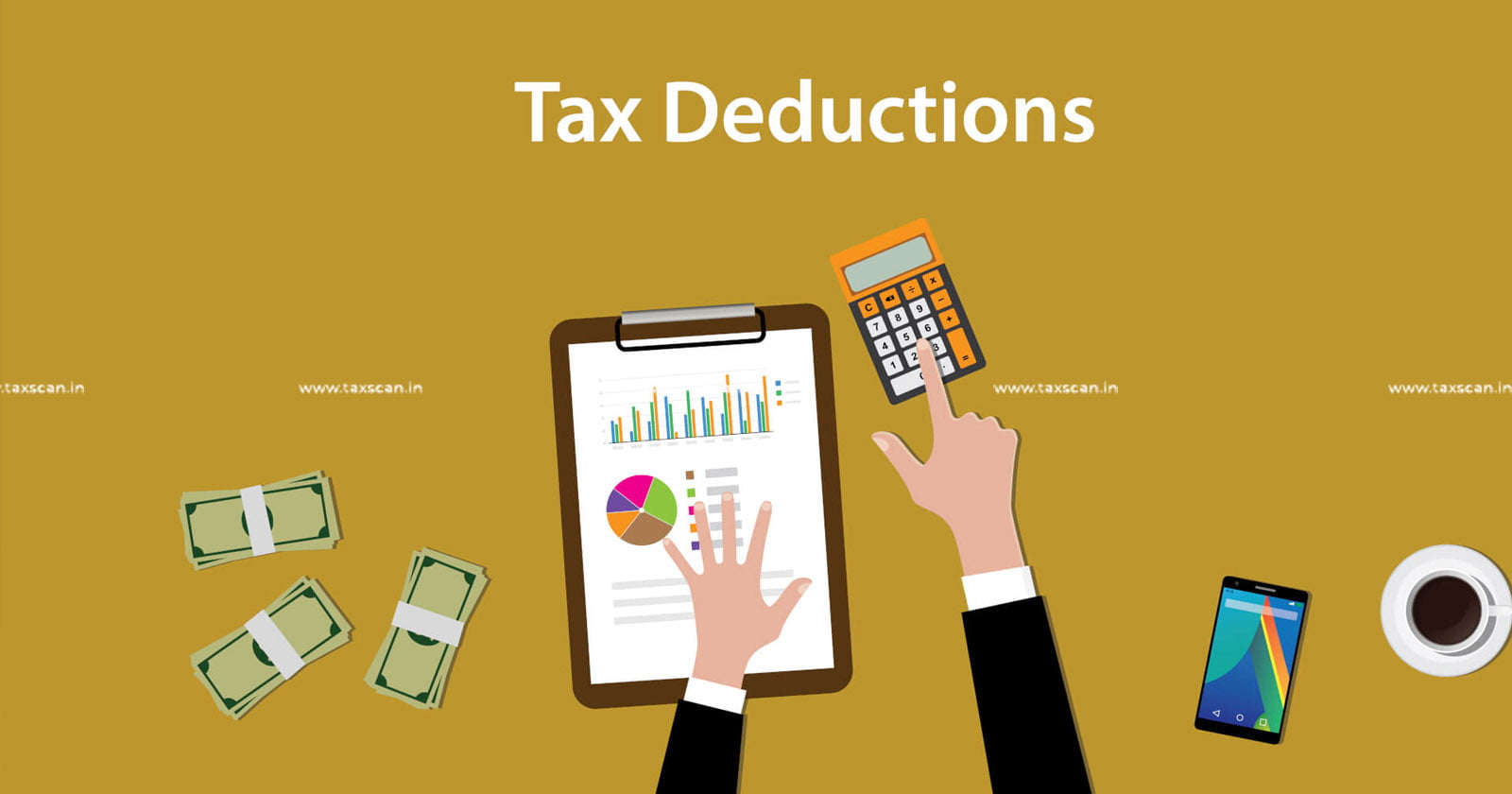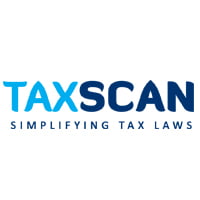Understanding Section 80C Tax Deductions in India

Tax Deductions – Tax Deductions in India – Understanding Section 80C – taxscan
Tax Deductions – Tax Deductions in India – Understanding Section 80C – taxscan
Section 80C of the Income Tax Act of India provides deductions for certain expenditures and investments, allowing individuals and Hindu Undivided Families to reduce their taxable income by up to Rs 1.5 lakh annually. This provision does not extend to corporate bodies, partnership firms, or other businesses.
Section 80C allows for tax exemptions on specific investments and expenses. By strategically diversifying investments across options like NSC, ULIP, PPF, etc., individuals can claim deductions of up to Rs 1,50,000. Utilizing tax benefits under 80C helps in reducing the overall tax burden effectively.
SUB SECTIONS OF 80C
| 80C Deduction List - Tax Saving Sections | Eligible Investments for Tax Exemptions |
| Section 80C | Investments in Provident Funds such as EPF, PPF, etc., payments made towards life insurance premiums, Equity Linked Saving Schemes, payments made towards the principal sum of a home loan, SSY, NSC, SCSS, etc. |
| Section 80CCC | Payment made towards pension plans, as well as mutual funds. |
| Section 80CCD(1) | Payments made towards certain Government-backed schemes such as the National Pension System, Atal Pension Yojana, etc. |
| Section 80CCD(1B) | Investments of up to Rs.50,000 in NPS are considered for exemption under this section. |
| Section 80CCD(2) | Employer’s contribution towards NPS (up to 10%, comprising basic salary and dearness allowance, if any) is exempted under this category. |
Section 80C deductions apply to both individuals and Hindu Undivided Families (HUFs), regardless of their residency status, including non-resident Indians. However, companies, partnerships, and other corporate entities are not eligible for this deduction.
Here are some of the 80C tax saving options :-
| Options in Investments | Interest | Period | Assured Return | Associated Risk |
| ELSS | 12% to 15% (depending on changes in market) | 3 years | No | High |
| NPS | 8%to10% | 60 years of age | No | High |
| SCSS | 8.20% | 5 years | Yes | Low |
| PPF | 7.10% | 15 years | Yes | Low |
| NSC | 7.7% | 5 years | Yes | Low |
| ULIP | 8% to 10% ( depending on changes in market ) | 5years | No | Moderate |
| FIXED DEPOSIT | Up to 8.40% | 5 years | Yes | Low |
| SUKANYA SAMRIDDHI YOJANA | 8.20% | 8% | Yes | Low |
Life insurance premiums qualify for tax benefits under Section 80C. These benefits extend to policies held by the policyholder, their spouse, dependent children, and Hindu Undivided Family members. As of April 1, 2012, premiums of up to 10% of the total sum assured are eligible for tax exemption, compared to the previous 20% allowance.
Contributions to the Public Provident Fund (PPF) are eligible for tax deduction under Section 80C, with a maximum deposit limit of Rs.1,50,000. This allows investors to claim the entire deposited amount as an exemption under the Income Tax Act. Additionally, voluntary contributions by employees to the fund are also eligible for tax deduction under Section 80C.
NABARD Rural Bonds, issued by the National Bank for Agriculture and Rural Development, qualify for tax exemption under the Income Tax Act of India. The maximum deductible amount allowed is Rs.1.5 lakh under Section 80C.
Unit Linked Insurance Plans (ULIPs) provide higher returns over the long term compared to traditional insurance policies. Their popularity has surged recently due to the tax advantages granted under Section 80C of the Income Tax Act 1961. Investors can claim tax exemptions of up to Rs. 1.5 lakh on the invested amount under the income tax provisions of Section 80C.
The National Savings Certificate (NSC) is widely favored by risk-averse individuals as a tax-saving option. Interest on NSC is compounded semi-annually, with maturity periods ranging from 5 to 10 years. While there's no restriction on the total investment amount annually, only up to Rs. 1.5 lakh qualifies for exemption under Section 80C.
Tax Saving Fixed Deposits (FDs) are financial products provided by banks and post offices, enabling tax deductions under Section 80C. With a lock-in period of 5 years, they allow a maximum tax exemption of Rs 1.5 lakh on the principal amount. It's worth noting that the returns from these FDs are subject to taxation.
The returns from the Employee Provident Fund (EPF), comprising interest, qualify for tax exemption under Section 80C of the Income Tax Act, 1961, subject to the condition of a minimum 5-year continuous service for employees. Voluntary contributions made to EPF accounts are also eligible for tax exemptions under Section 80C.
Investments in infrastructure bonds under Section 80C of the Income Tax Act are eligible for tax exemptions, requiring a minimum investment of Rs.20,000. These long-term secured bonds also adhere to the Rs.1.5 lakh deduction limit under Section 80C.
Equity Linked Saving Schemes (ELSS) qualify for tax exemption under Section 80C, allowing investors to deduct up to Rs. 1.5 lakh. These schemes entail a compulsory lock-in period of three years.
Investments in the Senior Citizens Savings Scheme (SCSS) qualify for tax exemption within the maximum 80C limit of Rs. 1.5 lakh. Eligibility for SCSS extends to individuals aged 60 and above (or 55 and above for those opting for voluntary retirement). The scheme has a minimum lock-in period of 5 years.
Section 80C of the Income Tax Act of India offers tax exemptions on various expenditures and investments, allowing individuals and Hindu Undivided Families (HUFs) to deduct up to Rs 1.5 lakh annually from their taxable income. This provision covers investments in Provident Funds like EPF and PPF, life insurance premiums, Equity Linked Saving Schemes (ELSS), payments towards home loan principal, National Savings Certificate (NSC), Senior Citizens Savings Scheme (SCSS), and more.
Different sub-sections under 80C delineate specific investment options and their associated benefits. For instance, Section 80CCC covers pension plans, while Section 80CCD encompasses contributions to schemes like the National Pension System (NPS). ELSS, NPS, SCSS, PPF, NSC, ULIPs, Fixed Deposits, Sukanya Samriddhi Yojana, among others, offer varying returns, lock-in periods, and risks, catering to different investor preferences.
Moreover, deductions under Section 80C are available to both Indian residents and non-resident Indians, but not to corporate entities. Deductions can be claimed on investments such as EPF, PPF, NPS, SCSS, and contributions towards pension plans and mutual funds, subject to certain conditions and limits.
By strategically planning investments under Section 80C, individuals can optimize tax savings while securing their financial future.
Stamp duty and registration charges constitute significant expenses when acquiring a property. In India, the government permits taxpayers to deduct these expenses from their tax liability up to the 80C exemption limit. However, it's crucial to note that these deductions can only be claimed in the tax year they are incurred, as per Section 80C.
The Sukanya Samriddhi Yojana is a savings program tailored to fulfill the financial needs for a girl's education and marriage. It is open to parents or legal guardians of a girl child under 10 years old, and parents of two or more girls, including twins, can also participate. The scheme offers tax exemption under Section 80C for the interest earned on investments.
Under Section 80C, you can avail a tax benefit of up to Rs. 1.5 lakh on your total income. This section covers a range of savings and investment options, including insurance and funds. One significant advantage of tax savings under this provision is the flexibility to invest the entire Rs. 1.5 lakh in a single investment or spread it across multiple assets.
Taxpayers can claim a maximum tax exemption of up to Rs. 1,50,000 by considering all investments made in tax-saving instruments under Section 80C.Furthermore, the flexibility provided within Section 80C allows taxpayers to choose from a range of investment options according to their risk appetite, financial goals, and preferences. By leveraging these tax-saving opportunities effectively, individuals can achieve both short-term tax benefits and long-term financial stability.
Support our journalism by subscribing to Taxscan premium. Follow us on Telegram for quick updates


